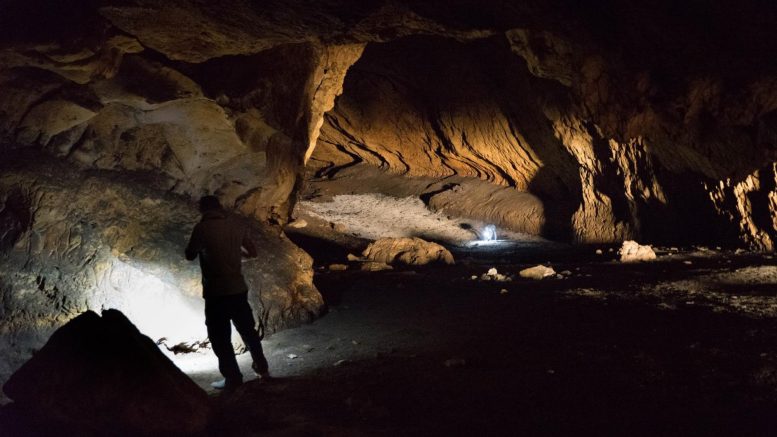
Pebdeh Cave located in the southern Zagros Mountains. Pebdeh was occupied by hunter-gatherers as early as 42,000 years ago. Credit: Mohammad Javad Shoaee
A new study combining genetic, palaeoecological, and archaeological evidence has unveiled the Persian Plateau as a pivotal geographic location serving as a hub for Homo sapiens during the early stages of their migration out of Africa.
This revelation sheds new light on the complex journey of human populations, challenging previous understandings of our species’ expansion into Eurasia.
The study, published in Nature Communications, highlights a crucial period between approximately 70,000 to 45,000 years ago when human populations did not uniformly spread across Eurasia, leaving a gap in our understanding of their whereabouts during this time frame.
Key findings from the research include:
- The Persian Plateau as a hub for early human settlement: Using a novel genetic approach combined with palaeoecological modeling, the study revealed the Persian Plateau as the region where population waves that settled all of Eurasia originated.
- This region emerged as a suitable habitat capable of supporting a larger population compared with other areas in West Asia.
- Genetic resemblance in ancient and modern populations: The genetic component identified in populations from the Persian Plateau underlines its long-lasting differentiation in the area, compatible with the hub nature of the region, and is ancestral to the genetic components already known to have inhabited the Plateau.
- Such a genetic signature was detected thanks to a new approach that disentangles 40,000 years of admixture and other confounding events. This genetic connection underscores the Plateau’s significance as a pivotal location for early human settlement and subsequent migrations.
Study co-author Professor Michael Petraglia, Director of Griffith University’s Australian Research Centre for Human Evolution, provided a much clearer picture of these early human movements.
“Our multidisciplinary study provides a more coherent view of the ancient past, offering insights into the critical period between the Out of Africa expansion and the differentiation of Eurasian populations,” Professor Petraglia said. “The Persian Plateau emerges as a key region, underlining the need for further archaeological explorations.”
First author Leonardo Vallini of the University of Padova, Italy, said: “The discovery elucidates a 20,000-year long portion of the history of Homo sapiens outside of Africa, a timeframe during which we interacted with Neanderthal populations, and sheds light on the relationships between various Eurasian populations, providing crucial clues for understanding the demographic history of our species across Europe, East Asia, and Oceania.”
Senior author, Professor Luca Pagani added: “The revelation of the Persian Plateau as a hub for early human migration opens new doors for archaeological exploration, enriching our understanding of our species’ journey across continents and highlighting this region’s pivotal role in shaping human history.”
Reference: “The Persian plateau served as hub for Homo sapiens after the main out of Africa dispersal” by Leonardo Vallini, Carlo Zampieri, Mohamed Javad Shoaee, Eugenio Bortolini, Giulia Marciani, Serena Aneli, Telmo Pievani, Stefano Benazzi, Alberto Barausse, Massimo Mezzavilla, Michael D. Petraglia and Luca Pagani, 25 March 2024, Nature Communications.
DOI: 10.1038/s41467-024-46161-7

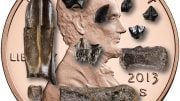
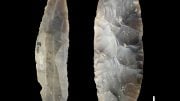


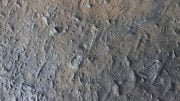
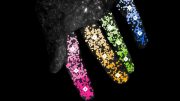


The new method is interesting, but the data is insufficient.
“However, other experts believe more evidence is needed to locate a possible population hub. Sang-Hee Lee, a biological anthropologist at the University of California Riverside who was not involved in the study, told Live Science in an email that the new study brings up images of a dynamic center of ancestral human occupation. However, Lee wonders if the palaeoecology model is a suitable one for ancestral humans.
“Paleoecology data from the ‘Hub’ rely on a single data point in Iran,” Lee said, referring to the lone data point the study authors present to verify their hypothesis that the hub was a hospitable place. “Of course, an absence of evidence does not mean an evidence of absence,” Lee noted.
The study authors acknowledge that more hominin fossils and climate data are necessary to validate their hypothesis.”
[“Early humans lived on ‘Persian plateau’ for 20,000 years after leaving Africa, study suggests”, Kristina Killgrove, LiveScience]